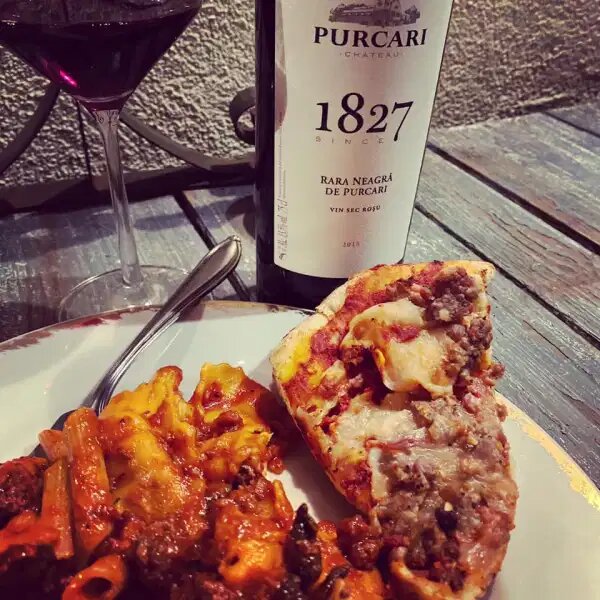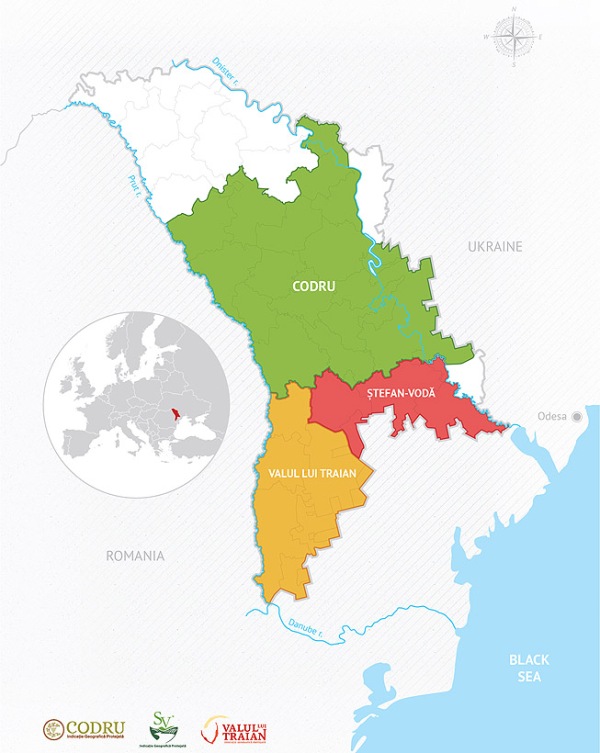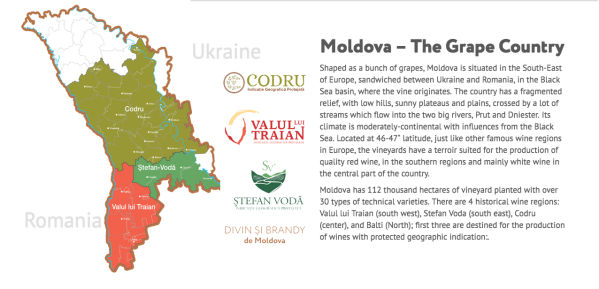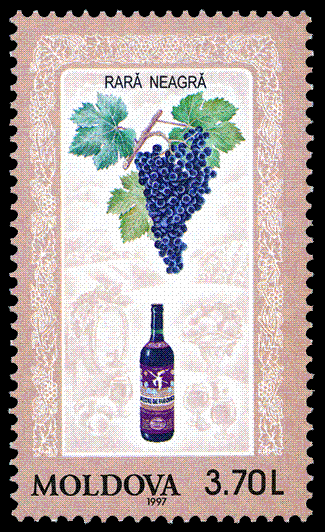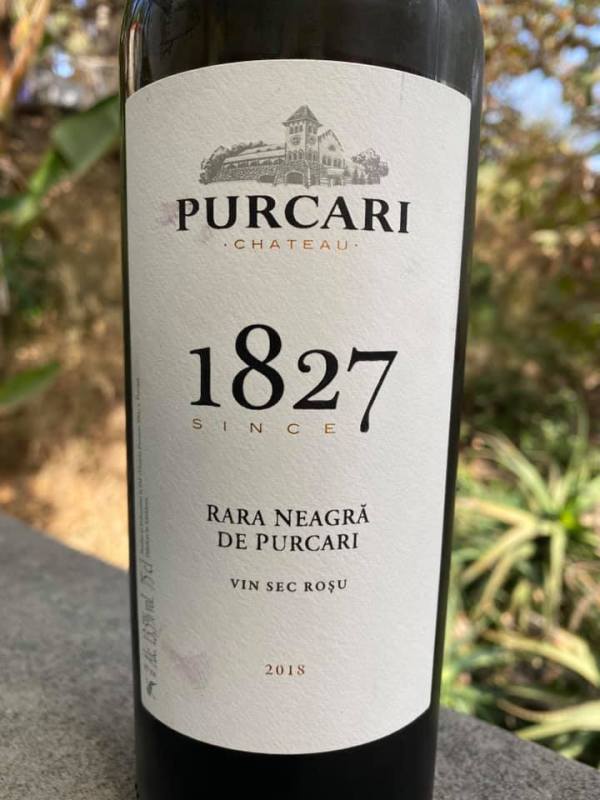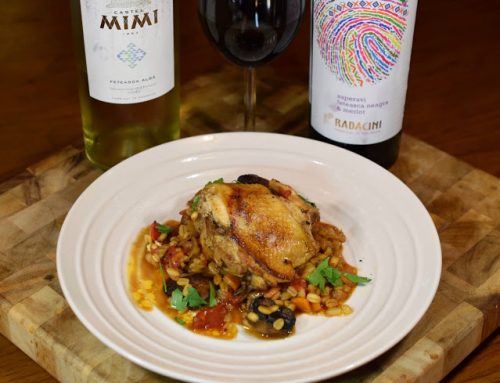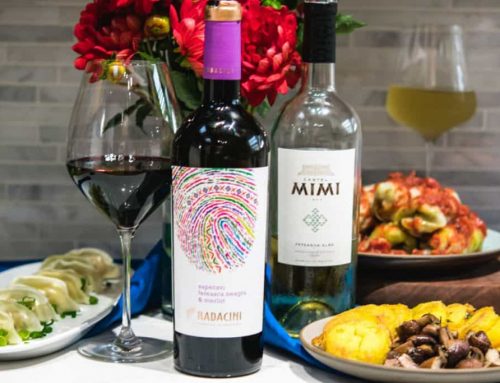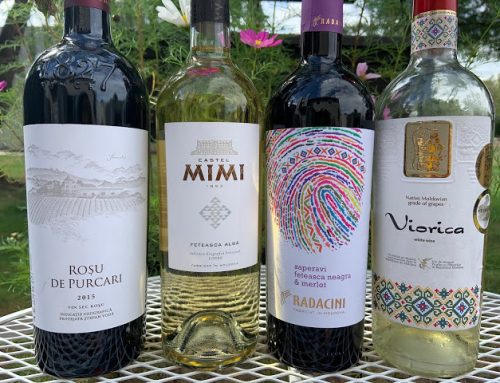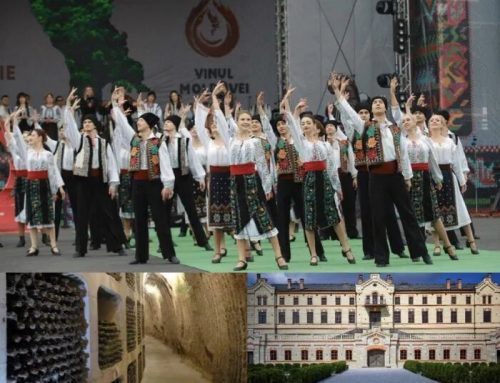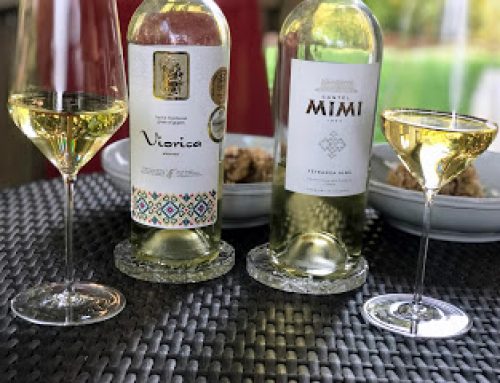In 2020, much is on my radar that was not in 2019.
Much of it bad.
But like the Wines of Moldova which we first tasted and wrote about in July, some of it is good.
And because we now live in a virtual world there are more opportunities to learn than ever before about smaller less well known wine regions of the world.
Like Moldova which is celebrating Moldova Wine Day today, October 3 and tomorrow, October 4, with webinars, twitter chats and more (see below).
So where is Moldova and why do you need to get these grapes in your glass?
Tiny landlocked Moldova, once part of the Soviet Union and today embraced by Ukraine and Romania, is in the same latitude at Bordeaux– the 45th. The eleventh largest producer of wine in Europe, in 2014 Moldova was the twentieth largest wine producing country in the world. Most of these bottles of wine went to Russia and Romania, with very few getting to the US.
The massive Black Sea nearby moderates the climate making it suitable for wine grapes and the fossil record shows grape growing in Moldova 6-15 million year ago, with wine grapes cultivated way back in 2800 BC.
Winemaking began in Moldova 4-5000 years ago: one of the world’s oldest winemaking regions. It has the highest density of vines to arable land of anywhere in the world, and 15% of the country’s population is engaged in the business of wine.
Visiting Moldova may not have been on the radar in 2019 either — but it should be now! Like many former Eastern block countries, it offers great values to the traveller, and it’s not swarming with tourists– yet.
And you already know there’s WINE.
In fact, to assist the development of wine tourism, the “Wine Routes of Moldova” offers a network of three routes that take you deep into the three historic wine regions– Codru, Valul lui Traian and Stefan Voda– from the capital, Chişinău. The routes map cultural and adventure corridors with festival, events, and key points of interests such as B&Bs, fortresses, monasteries, nature reserves, archaeological sites as well as discovering the small wineries that abound in the countryside.
These well signed routes pair travelers with places and provide ideas for itineraries to established and emerging wineries.
Three Routes:
The Valul lui Traian PGI Wine Route
- Chişinău south-west toward the Danube River.
- Red varieties
- Passes through Moldova’s autonomous Gagauzia territory with Turkish ties and diverse gastronomy.
The Stefan Voda PGI Wine Route
- Chişinău south-east along the Ukranian border near the Black Sea.
The Codru PGI Wine Route
- whites, reds, and sparkling wine
- the largest number of wineries
- the largest and most respected vineyards
Most of the wine made is of the “international varieties” that most people are familiar with; for example I wrote about blend of merlot and Cabernet Sauvignon in July.
But if you search, you’ll find one of the wines made from the 10% of the vineyards planted with varieties native to Moldova or Romania — we wrote about a sparkling wine in July made from Fetească Albă, a white grape native to the region that’s used primarily for sparkling wine. About 2200 acres of this grape is grown in Moldova.
And as of last night, I am newly enamored by the Rară Neagră grape, a Romanian variety (known there as babeasca neagra). Susceptible to mildew, drought, and botrytis, it can handle the climate of the region with extremely low temperatures; average temperatures in the three major cities in January are around freezing during the day with mild summers averaging around 80 during the day and 60 at night.
Read more about these indigenous grapes here.
2018 Purcari Chateau 1827 Rară Neagră de Purcari Vin Sec Rosu
13.5% ABV; SRP $22 on 1000 Corks; sample
Founded in 1827, Purcari’s red flagship Negru de Purcari won a gold medal at the Paris World Exposition fifty years later. With phylloxera destroying the wine industry in Europe, wines from Moldova flourished until it arrived there much later. Under Soviet rule, the winery was destroyed, and they subsequently rebuilt. Surrounded by forest, the rich biodiversity protects the vineyards so herbicides are not necessary for the grapes used in the two million bottles of wine they produce each year.
At the French style Chateau, visitors can find a hotel, restaurant, terrace, and activities including tours, wine tasting, exploration of the vineyards by bicycle or car, hydro-bike rides on the lake among the swans, tennis, and a playground.
- Color: Ruby-garnet with purple lights.
- Nose: Fun fruitiness but balanced, raspberry, cherry cola.
- Palate: Bright fresh tart fruit — raspberry, rhubarb, cherry cola, and plum. Light bodied with integrated oak, soft tannins. Tons of lively acidity.
- Pairing: Great with sausage and mushroom pizza, fantastic with a tomato meat sauce with tomato ravioli. Flourishes with food. Loves tomatoes– acid meets acid.
Overall from my first sip to my final one I was pleased far beyond my expectation. The following day, thinking about how much I love Pinot Noir and Gamay with pate, I paired it while I finished writing this up. This is a great picnic wine and might be an interesting option for Thanksgiving meals for turkey or ham.
Posted by Gwendolyn from Wine Predator

